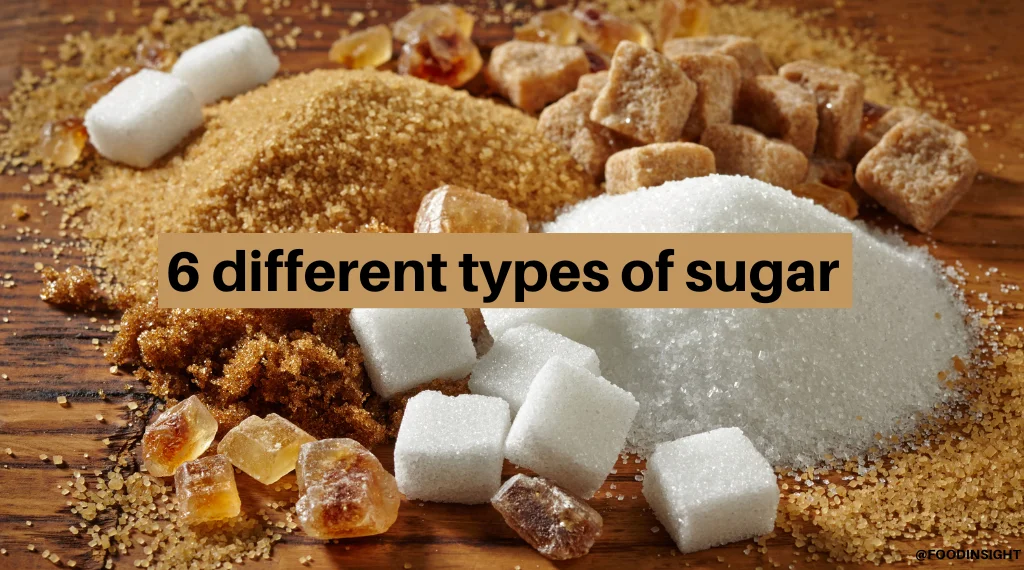When looking at beet sugar vs cane sugar, some argue that one caramelizes better than the other.
Checking Out the Distinctions in Usages and Benefits In Between Beet Sugar Vs Cane Sugar
In the culinary world, the selection between beet sugar and cane sugar is not merely regarding sweet taste but includes a nuanced factor to consider of flavor, application, and influence. While both sugars stem from various plants, each goes through unique manufacturing processes that subtly influence their characteristics and viability for different meals.
Beginnings and Production Procedures of Beet and Cane Sugar

Walking stick sugar, on the various other hand, comes from the sugarcane plant, an exotic yard indigenous to Southeast Asia but now cultivated in tropical zones worldwide - beet sugar vs cane sugar. The manufacturing of cane sugar begins with the harvesting of cane stalks, which are squashed to launch the juice.

Nutritional Content and Wellness Considerations

When comparing the dietary material of beet sugar and cane sugar, it becomes obvious that both types essentially provide the exact same calorie worths, with about 16 calories per teaspoon and no considerable nutrient variety. Each is composed virtually entirely of sucrose, which is a straightforward carbohydrate that uses fast energy but does not have vitamins, minerals, or fiber. This resemblance includes their influence on health, especially concerning blood sugar levels. Both sugars, when eaten over, can add to raised blood sugar levels, a threat variable for diabetes and various other metabolic problems. In addition, excessive consumption can lead to weight gain and dental issues, as both sugars are just as cariogenic, advertising dental cavity. From a health perspective, moderating intake of any type of sort of sugar, whether from beet or cane, is suggested to stay clear of these possible adverse effects on well-being. Thus, neither holds an unique advantage over the other in terms of health and wellness benefits.
Taste Profiles and Culinary Applications
Regardless of their comparable chemical structures, beet sugar and cane sugar vary discreetly in taste, which can influence their use in different cooking contexts. Cane sugar typically lugs a tip of molasses, also in its polished form, lending additional resources a warm, caramel-like touch that improves baked items, coffee, and chocolate-based dishes. On the various other hand, beet sugar is characterized by its highly fine-tuned, neutral preference, making it a functional sugar that does not alter the flavor profiles of dishes.
Environmental Effect and Sustainability
While both beet and cane sugars are obtained from plants, their environmental impacts vary dramatically due to the distinctive techniques of growing and processing required for each. Sugar beet cultivation frequently involves extensive mechanization, which can increase fossil gas intake and carbon discharges.
Moreover, the handling of sugarcane commonly creates a significant amount of waste, including bagasse, which, although useful as biofuel, often adds to air contamination if melted inefficiently. Sugar beet processing utilizes even more of the raw materials, causing less waste. Both industries deal with challenges in reducing their ecological impacts, yet ongoing innovations in agricultural techniques and waste administration are intending to boost sustainability.
Economic Elements Affecting the Sugar Sector
The economic dynamics of the sugar market are dramatically influenced by worldwide market demands and profession plans. Variables such as tariffs, subsidies, and international trade arrangements play crucial roles in shaping the competitive landscape. As an example, in areas where sugarcane or sugar beet manufacturing is subsidized, manufacturers may have a financial advantage that enables them to provide reduced prices on the global market. This can create disparities in success and market gain access to for producers in countries without such subsidies.
Additionally, fluctuations in global need for sugar, affected by dietary learn the facts here now trends and commercial usage in food items, directly impact rates and manufacturing levels. beet sugar vs cane sugar. Climate condition additionally play an essential function, as they can considerably affect plant yields and, consequently, the supply chain. This irregularity presents a level of financial unpredictability that can result in investment volatility in sugar manufacturing markets, influencing choices from planting to market strategy
Verdict
In final thought, both beet and cane sugar have distinct qualities visit this site right here that fit different cooking requirements. While cane sugar conveys an abundant flavor perfect for improving baked goods, beet sugar's nonpartisanship is perfect for lighter recipes. Nutritional similarities regardless of, their unique manufacturing processes and ecological effects add intricacy to the choice in between them. Thus, recognizing these differences aids chefs and customers make informed choices that align with their wellness, culinary, and honest choices.